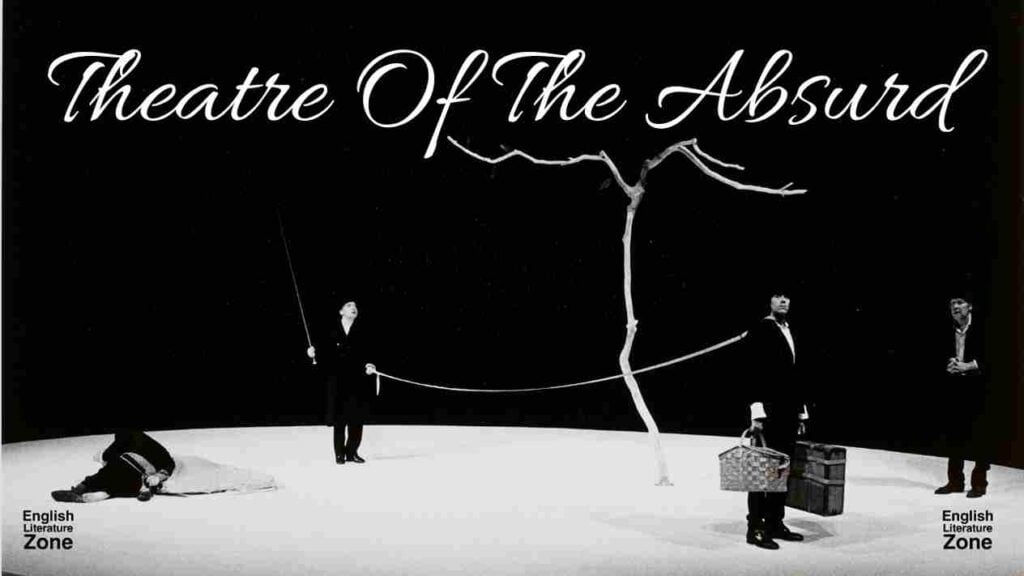Ode On A Grecian Urn By John Keats

Introduction
The “Ode on a Grecian Urn” is one of the greatest Odes of English Literature written by ‘John Keats’, who was a great English Romantic Poet. The Poem was written in 1819 and published in 1820, anonymously in “Annals of The Fine Arts”. In this poem, Keats presents the complexity between art and reality. This poem is written in the form of an Ode, a type of lyrical poem that usually gives the writer personal emotions about a person or an object.
About John Keats
John Keats belongs to the second generation of Romantic poets, along with ‘Lord Byron’ and ‘Percy Bysshe Shelley’. Although he died of tuberculosis at the age of 25, “Ode on a Grecian Urn” was written when he was suffering from tuberculosis. During a painful and brief life, Keats wrote great poetry and shall always be remembered for their contribution to Literature, especially for his Six Odes:
- Ode to A Nightingale
- Ode On A Grecian Urn
- Ode On Idolence
- Ode On Melancholy
- Ode to Psyche
- Ode to Autumn
His reputation grew after his early death, and he was greatly admired in the Victorian Age. His influence can be seen in the Poetry Of Lord Tennyson and the Pre Raphaelites Poet.
Structure Of The Poem ‘Ode on A Grecian Urn’
The poem is written in Five Stanza and each Stanza has ten lines. The Rhyme scheme in stanza II, III and IV are AB AB CDE CDE and In stanza I and V are AB AB CDE DCE.
Summary And Analysis Of The Poem
In this poem poet elaborates the pictures of a fancy pot of Ancient Greek. The Urn was placed in the British Museum and Keats found it attractive to write on Ode.
In the first stanza, the poet has paid a glowing tribute to the Grecian Urn. He calls the Urn an “Untouched Bride Of Quietness”. According to the poet, the picture of Urn gives a more sweet tale than the writers could and thus he calls the Urn “Sylvan Historian”.
By calling the Urn a Historian, Keats looks at the Urn closely and he can see the borders by a line of leaves around the Pictures. He could see some images and speculate whether they are God or men, some girls are being chased by wild boys, musical instruments are being played and humans or gods become wild due to the music.
In the second stanza, the poet looks at the specific picture where a piper plays some music. Keats states that the songs of the piper will remain sweeter in fantasy or imagination and that music is not for the physical ear but for the spiritual ears. He then describes a young man who is playing a song by sitting under a tree.
As an Urn is immortal the young man will sing forever under the tree which will be full of leaves forever. There is a bold lover who cannot kiss his lady love though he is near her as the picture standstill. The painted lover and beloved will never lose their passion and beauty. The lovers’ freshness will never fade away:
“She cannot fade, though thou hasn’t not thy bliss,
Forever wilt thou love and she is fair”!
In the third stanza, Keats feels jealous about the Urn as it keeps everything immortal. He says that the tree in the picture remains happy as it does not shed its leaves and also enjoys the spring season forever. The pipers in the picture also are happy as they sing the new song. Keats imagines that the lovers are happier as they will love and enjoy forever. Their Love is above all the human passion.
“More happy love, more happy happy love!
Forever warm and still to be enjoyed,
Forever painting, and forever young.”
The other part of the Urn with different scenery is presented to the readers by Keats. He sports a scene on the Urn where a group of people come for sacrifice. The little town by the riverside or by the seashore is built among the peaceful surroundings. All the people of the town have gone for the sacrifice on a pious day, the town is empty without people. Thus the little town will always be empty and the streets will be silent forever.
Keats addresses the Urn directly as the symbol of ‘Athenian Art’, beautiful in shape, carved on the embroidered space with the images of men and women. The poet calls the Urn “Cold Pastoral” to mean either its marble texture or as it remains still in time. The Grecian Urn teaches mankind that:
“Beauty is Truth, truth is beauty”.
Through these lines, the message is that beauty and truth are one and the same.
Conclusion
Thus, the poem “Ode on A Grecian Urn” is all about the beauty and expressive nature of the Greek pot. It is about the culture and tradition of Old Greek. Throughout the whole poem, the poet Only talks about the beauty of “Grecian Urn” because according to Keats:
“A thing of Beaty is a joy forever.”
This means beautiful objects, natural or artificial are always a source of enjoyment, happiness, and pleasure for the person or a group of people.
Tags: Ode on A Grecian Urn By John Keats, Ode on A Grecian Urn Summary
- Mechanical Reproduction By Walter Benjamin | The Work of Art in the Age of Mechanical Reproduction
- The Interpretation of Dreams By Sigmund Freud
- Victorian Period | Victorian Literature and Culture
- Dear Life by Alice Munro Summary, Themes, & Analysis
- The Lotos-eaters by Alfred Lord Tennyson
- Studies in the History of the Renaissance
- The Prologue to The Canterbury Tales By Geoffrey Chaucer
- Hayavadana By Girish Karnad | Hayavadana Themes & Analysis
- The Bluest Eye By Toni Morrison | The Bluest Eye Summary
- Top Girls By Caryl Churchill | Top Girls Analysis














